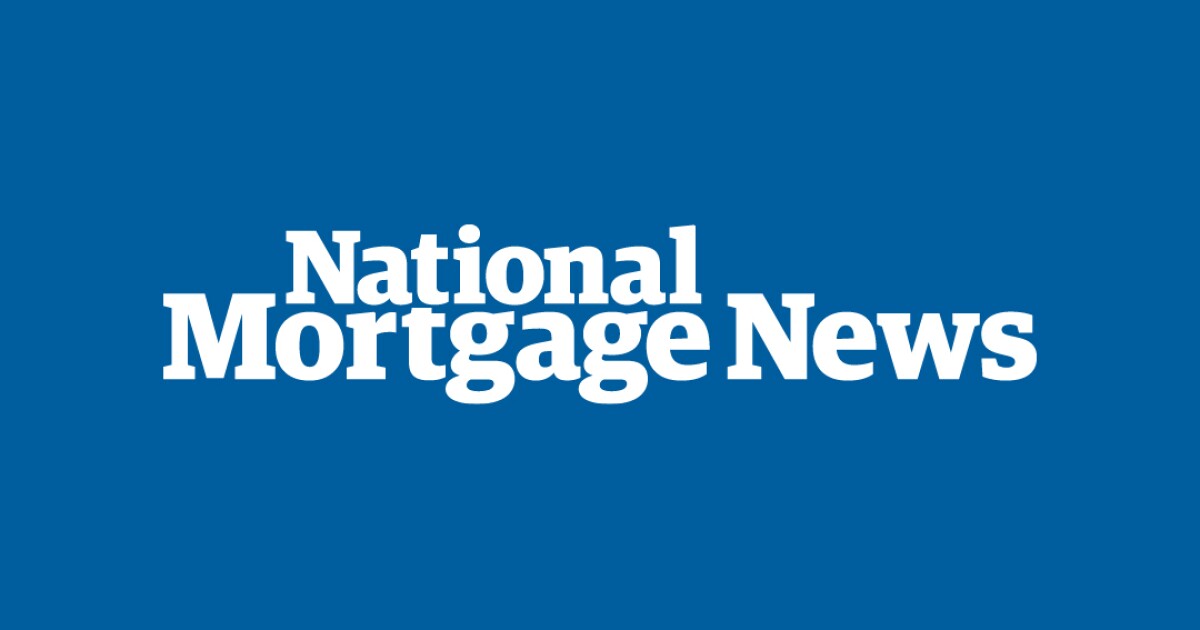
Since the 2008 financial crisis, data transparency has proven itself to be a foundation for safe, stable, and responsible financial markets. Democratized access to reliable loan-level data and reporting tools can truly be the difference between allocating immense amounts of capital to diligently identified return streams or to poorly labeled pitfalls — and the consequences of the latter can be tremendous.
Twelve years later, and during a new crisis in the form of a global pandemic, many expected the young and untested online consumer lending market to fall short of these best practices, and the long-established mortgage markets to have learned their lesson. The evidence suggests the opposite.
Research into online consumer lending and mortgage loan performance shows that the former benefits from a highly digitalized reporting, documentation, and communication infrastructure with fewer intermediaries, while the latter suffers from a highly fragmented process where multiple servicers each capture and report payment interruptions differently. This in turn results in significant discrepancies among data providers and trustee reports. Without a common reporting standard or consistent communication between servicers, the current reporting framework for mortgages allows opportunities for both misrepresentation and inaccuracy in data reporting.
At the onset of the pandemic, misreporting of loan performance within mortgage markets was rife, which increased investor uncertainty and delayed sector recovery during a time of crisis.
For example, loan modifications — any deferral or forbearance options offered to borrowers to temporarily cease loan payments — are a crucial indicator of a borrower’s successful effort in preventing ultimate defaults, as empirical redefault evidence has shown. Stakeholders, however, could not reliably determine which borrowers are due to pay their loans because a substantial amount of modified loans are labeled as current. This subsequently exposes investors to securitizations that can be retroactively corrected, creating what is at times alarming price volatility after a purchase has already been made based on previous reporting.
Much of the early, post-COVID-19 efforts were also focused on tracking down modification data that was missing altogether. There was little consistency between different servicers and trustees, and actual loan performance; some borrowers that were not paying their mortgage were still classified as current.
Common examples of underreporting included instances where zero modifications are reported but loan balances remained unchanged or increased month over month, as well as discrepancies of total modified loans between multiple servicers.
Although some problematic securitizations remain, after nearly eight months of COVID-19 reporting cycles, the frequency of completely underreporting modifications has declined for the mortgage industry as a whole. Additionally, some data providers have provided supplemental data and disclosure around COVID-19-related modifications. However, reporting a modification is merely the first step toward the level of data transparency that the industry requires. Data providers need to provide additional information about the start date, duration, and expected end date for the modification.
Dates in particular have been a stubborn problem, and there is little transparency on whether the start of a modification refers to when the borrower first missed a payment, when they contacted servicers to request modification, or when that modification was granted. dv01 has specifically seen evidence of no modification dates provided and sometimes all three, with little consistency between. Additional data is also required around the expected payment schedule of the loans once modifications conclude: How will missed payments be treated, will borrowers’ scheduled payments change, and will the maturity of the loan be extended? All of this information is critical to properly understanding modification performance, and thus far the relevant data has been inconsistent and sparsely provided.
Ideally, information should flow consistently from the individual servicers to the Master Servicer and then down to the Trustee, who ultimately shares the information to investors and other third-party data providers. However, that is not the case when you factor in counterparties. Data reporting quality varies across deals and even between reporting parties within a single deal.
In order for investors to gain confidence in the health of the mortgage market and the broader economy, the industry needs a more modern and innovative approach to how we report modifications. To accomplish this, we need alignment, advocacy, and accountability across all industry participants, and an entity overseeing and coordinating these efforts in every securitization.
Of course, the industry must also ramp up its ability to leverage modern technology to solve for inefficient reporting workflows. While data insights may now be the world’s most valuable commodity, they are only as good as the tools available to access and identify them. More work must be done to have streamlined processes that improve the timeliness and accuracy of reporting, combat manual data entry errors, and facilitate procedural industry standards that mortgage markets can more easily agree on.
